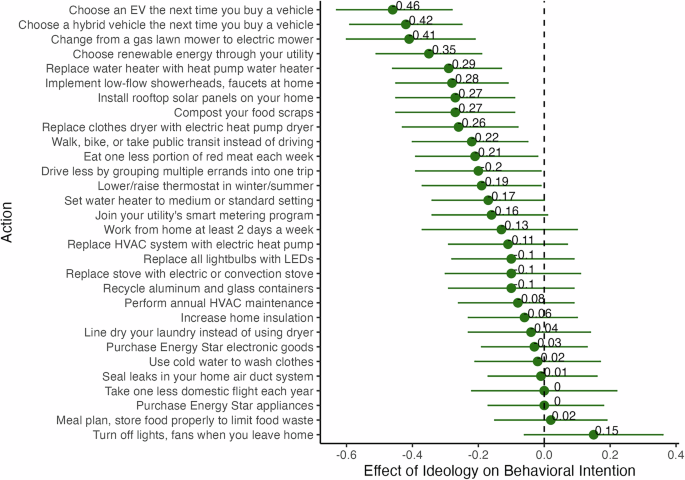Scrolling like it's 2008
Back in 2008 when Abe and I were working on our first iPhone app Stanza, there was a very influential blog post by Loren Brichter, the developer of a popular Twitter client app (back when such things were not only permitted, but encouraged), titled: ”Fast Scrolling in Tweetie1”, which opened with:
This is as true in 2024 as it was in 2008. Which makes it all the more surprising that people are still shipping apps that exhibit scrolling issues. Animation jank, muddy inertia, and dropped frames are among the most common issues that plague applications that were built with frameworks that eschew the platform-native list controls and decide to re-invent the wheel. Scrolling is one of the most commonly cited examples of these apps feeling to users like they are in the “uncanny valley” – that oft-indescribable sense that an app feels not quite right.
Back in 2008, making a high-performance list control for iOS could be quite an involved chore. Anyone who recalls fighting with UIKit’s UITableView and all its warts will remember with a shudder just how persnickety the control could be, and how painful coordinating the mess of Objective-C data sources and delegates would invariably become.











